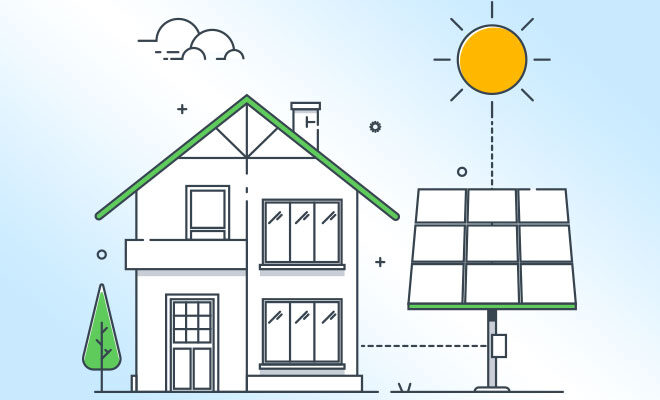Price My Solar In 5 Easy Steps
There are a lot of reasons to go solar as a homeowner. Some want to reduce their carbon footprint, reduce the need for fossil fuels, and contribute to the growing movement for clean, green energy that’s renewable and plentiful. Others are looking to cut their ties to the grid, to eliminate or reduce their reliance on local New Zealand power companies and cut out that expensive monthly electric bill. With rooftop solar energy systems, both are possible.
1. Consider your needs
Depending on your home, your roof size and your budget, you can design a solar power energy system that works for you. Look at your past electric bills to see how much energy you typically use in a month and think ahead to any additional use you think your family, or your home, may need in the future.
2. Think budget
While you’re looking at your monthly energy bill, note the rate you pay for electricity, and your average monthly charges. This will come in handy when considering finance options for your rooftop solar system. Ideally, your monthly payment on your new system will be equal to or less than your standard monthly energy bill. But, it is good to note that unlike your regular power company bill that will continue to come as long as you’re using energy from the grid, your solar energy bill will stop once you’ve made all your fixed monthly payments.
The typical lifespan of a solar energy system is about 25 years by most manufacturing standards. But the typical finance plan will have you paying it off in less than 10 years, eliminating your energy bills completely.
COMPARE RESIDENTIAL SOLAR QUOTES
Net metering
If you live in an area that has net metering, look into what you could be paid for additional energy generated by your solar energy system. With net metering, any energy your system generates in excess of your needs can be put back into the grid, and then you get paid by the power company for the energy provided. In some cases, these rates are the same as retail, and any money you’re able to generate through net metering will help reduce the cost of your solar power energy system overall.
3. Get a quote for your home
Every home installation is different, and you’ll want to contact a local New Zealand company to come out and give you a proper quote. Once you select a few, look for examples of work they’ve done in the past, ask for references if possible.
A representative will come out to your house to get the information for the quote. Make sure the quote includes all you would like it to—such as sourcing materials, labor, installation, and any maintenance plans.
4. Secure your financing
Once you have a quote for going solar for your home, you can begin to look for financing options. There is always the option to pay cash up front, but there are also many financing plans that offer $0 down financing to help you start saving on your energy bill right away. Some solar energy companies will offer financing options through their banking connections, or will point you towards options that have worked for past clients.
COMPARE COMMERCIAL SOLAR QUOTES
5. Installation Day
Installing a solar energy system can take anywhere from 1-3 days. Have a plan with your installer on how and when activity will be taking place, and when your new system plans to be online and ready to go.
Enjoy clean, affordable solar energy for decades to come
With your solar energy system installed, your home will use less or no energy from the grid, and reduced your carbon footprint from Day 1.




